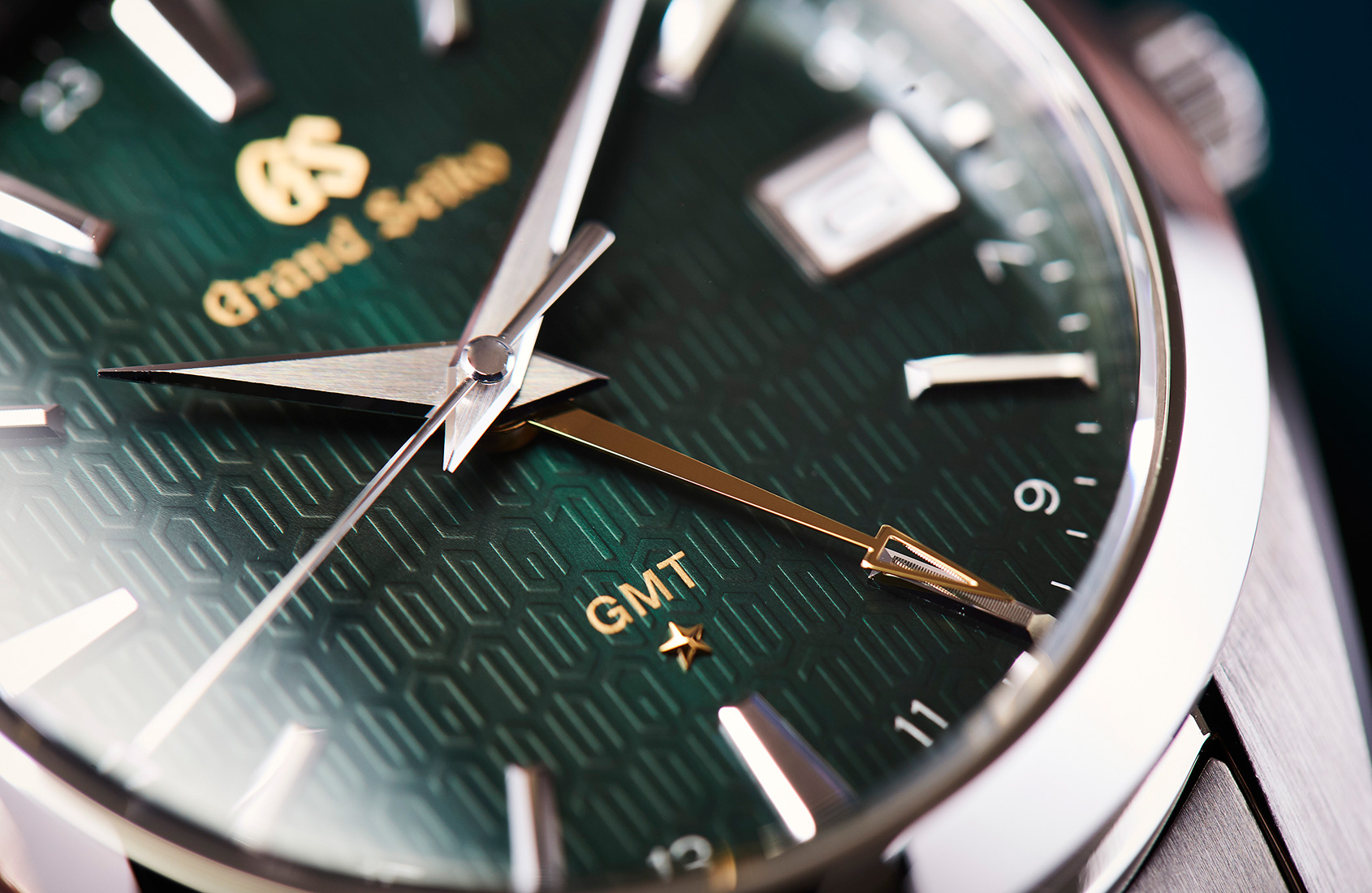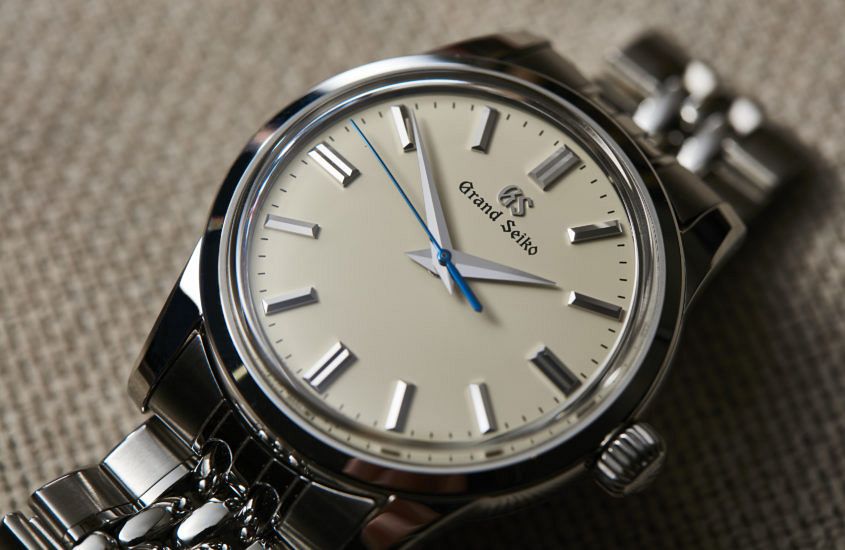6 things you may not know about Grand Seiko – Part 2
Zach BlassDuring my visit to the Grand Seiko “Nature of Time” exhibition, in my home town of New York City, I was fortunate to learn some lesser-known facts that have whet my appetite for the brand even more. Here is Part 2. If you missed Part 1, be sure to check it out here.
4. How the hands are blued
Many brands will chemically dye watch parts blue, or blue them in batches via an oven-like machine that can lack consistency. This is the reason why the craftsmen at Grand Seiko will only heat-blue the hands one hand at a time. Aside from independents, the vast majority of brands blue them in batches, whether it be 20 hands at a time or possibly more. This can lead to a high defective rate. When the specialist at Grand Seiko is blueing the hand, this is what they do all day. They stare at second hands or even smaller power reserve hands. There’s no timer. They have to tell completely by their trained eye that it’s the perfect shade of blue. Only then will they take it off the heat.
With this time-consuming method, the consistency is more perfect. The blue is matching every time. If they were to do it utilising a timer, the humidity or temperature can vary at times within the room, in turn causing an impact on how long the hand needs to be on the hot plate (there’s not really an official name for this process). Few craftsmen are tasked with dedicating their day to the blueing of hands, only a particular few and their apprentices. Generally, it’s one person working at their Shiojiri facility.
5. Zaratsu began as a phonetic translation of a German name (and has now evolved into a distinct Japanese finishing technique – bringing distortion free mirror surfaces to a growing list of geometries)
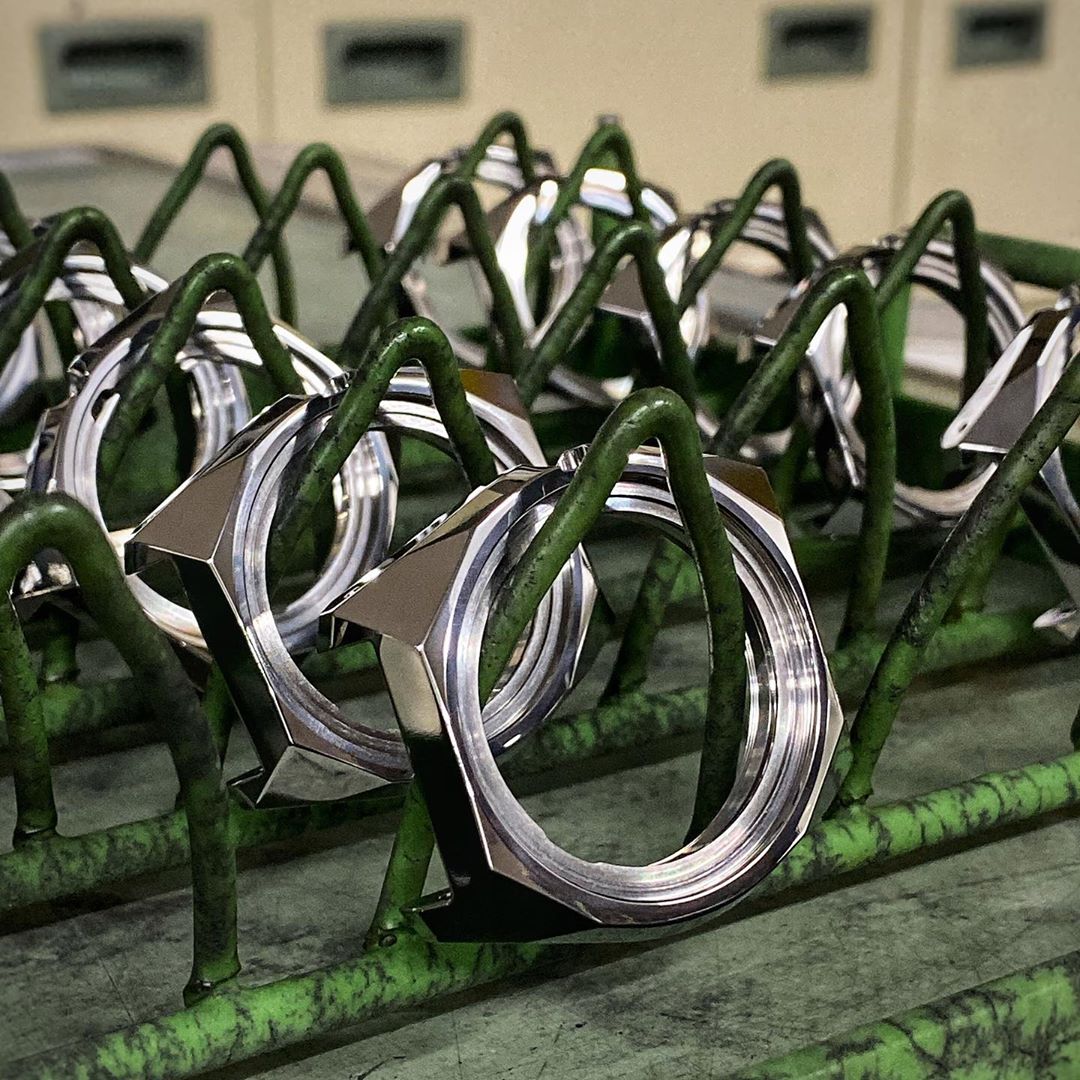
While we refer to the finish of Grand Seiko models as a “Zaratsu Finish” this is not entirely the full story. Zaratsu is the phonetic translation of the German “Sallaz”. As Nick Kenyon explains in a previous Time + Tide article, “The word zaratsu is actually derived from the German word sallaz, which is phonetically pronounced ‘zallats’ in German and ‘zarats’ (pronounced za-ra-tsu) in Japanese. The early polishing machines that Seiko acquired for their Hayashi Seiki facility in the 1950s were engraved with the name of the machine manufacturer ‘GEBR.SALLAZ’, or ‘Sallaz Bros’, giving rise to the name of the polishing technique we know today.”
Thus, by extension, Zaratsu is not a singular method of finish, but rather the use of a particular machine to do so. The analogy I would make here is we can all use a single pen to draw shapes, but we use different motions with the pen to create different shapes and geometries when drawing, say, a square vs. a triangle vs. a circle. While this conceptually may seem obvious, it is important to note this fact as the usage of the machine is different in each case form.
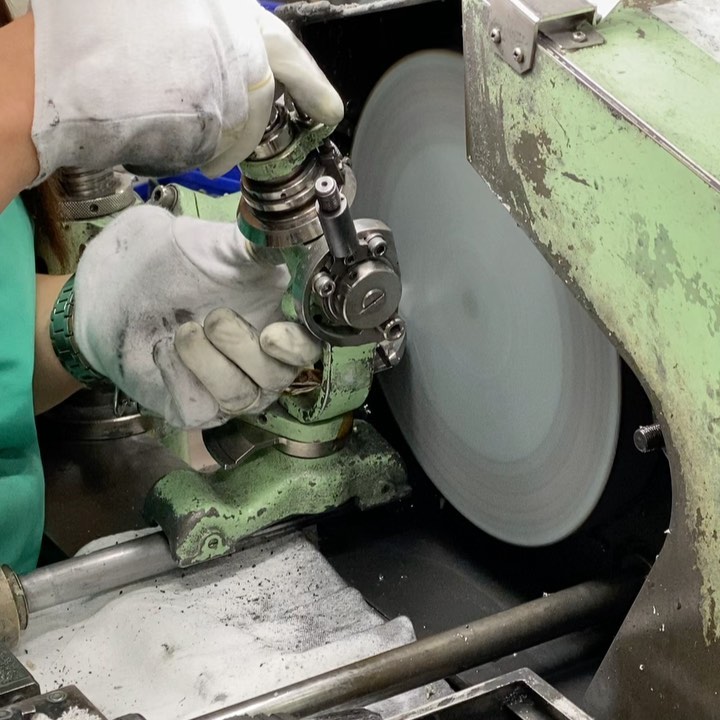
While its origins may not have been exactly Japanese, all aspects of the finishing on these watches are distinctly Japanese and the result of Japanese philosophy, artistry and methodology. Each artisan configures their workstation to their liking, with each working towards the perfection of each surface – working to create the contrasting “light” and “shadow” contrasts the brand has distinguished itself with. In pursuit of this expression, Zaratsu is ever evolving, with patents continually being submitted/held for the different ways the machine is used to create distinct shapes and finishes. One of the more recently developed Zaratsu finishes can be found on the SBGY002 and SBY003 (among others). This aesthetic and finish took time to develop. While the lugs on a SBGA211 Snowflake are satin brushed on the top curved facet of the lugs, in the SBGY002 and SBGY003 they have now accomplished a mirror polish on this curved surface, while maintaining their signature distortion-free mirror polish – a huge technical feat for the artisans.
6. Look out for “Easter Eggs” in the decoration and design of movements
Easter Eggs in video games refer to subtle or purposefully hidden design cues or features that require an aspect of discovery by the user. For greater ease (for me as the writer and you as the reader), I will break down these details by caliber in bullet points. These screen shots pointing out the hidden references are drawn from a presentation by Grand Seiko to the Horological Society of New York.
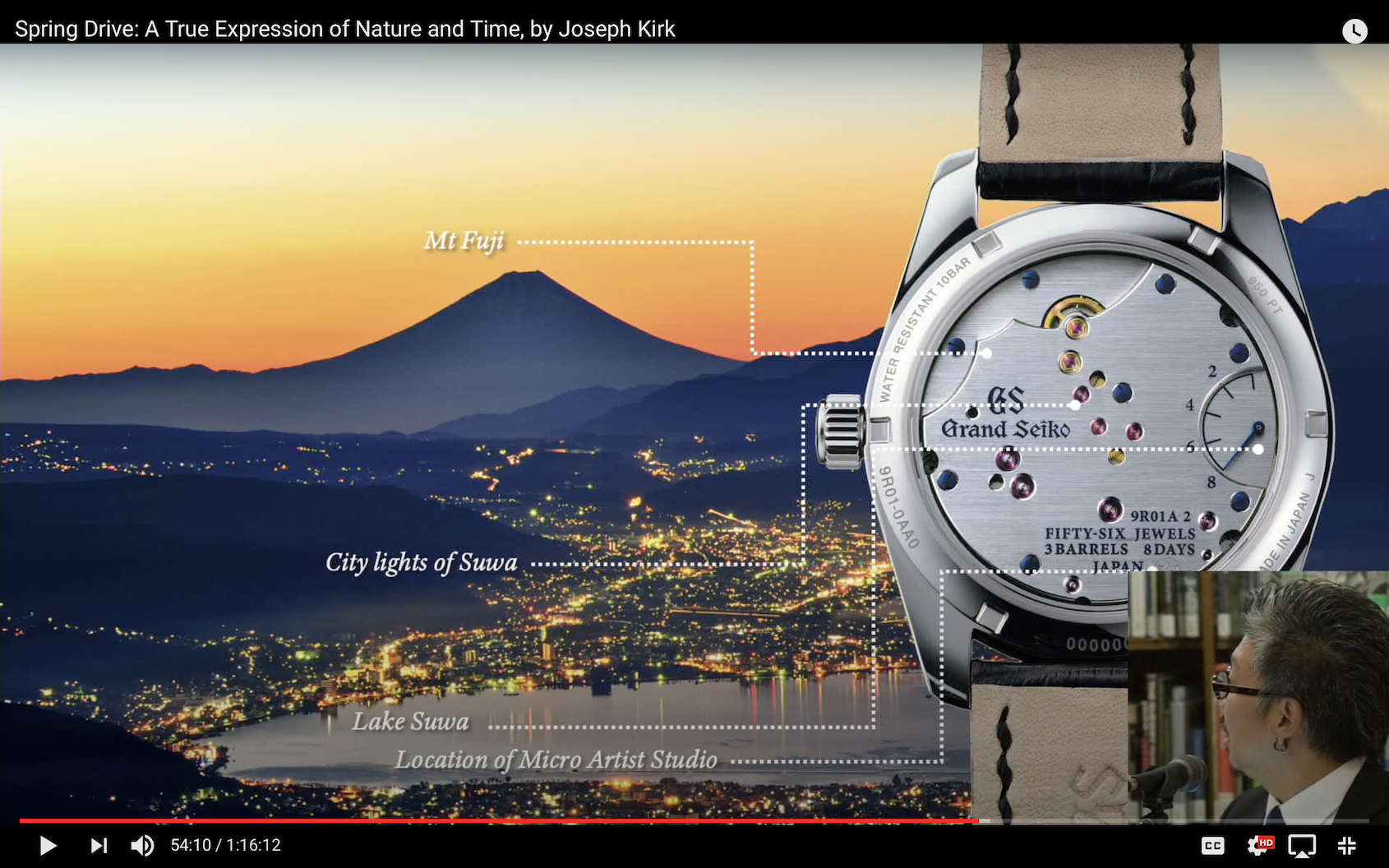
Caliber 9R01:
- Between the equivalent of 9:00 – 1:00 on the movement side, the bevel across represents Mt. Fuji – which can be viewed from the Micro Artist Studio.
- The Glide Wheel positioned over the Mt. Fuji-inspired bevel represents the sun setting over the mountain.
- The jewels, screws, and small circular cutouts found in the centre of the movement symbolise the city lights of Suwa that surround the Micro Artist Studio at night.
- The Power Reserve indicator symbolises the position and form of Lake Suwa in relation to the Micro Artist Studio.
- The emblem engraved under the text “8 Days” represents the location of the Micro Artist Studio in relation to the elements listed above.
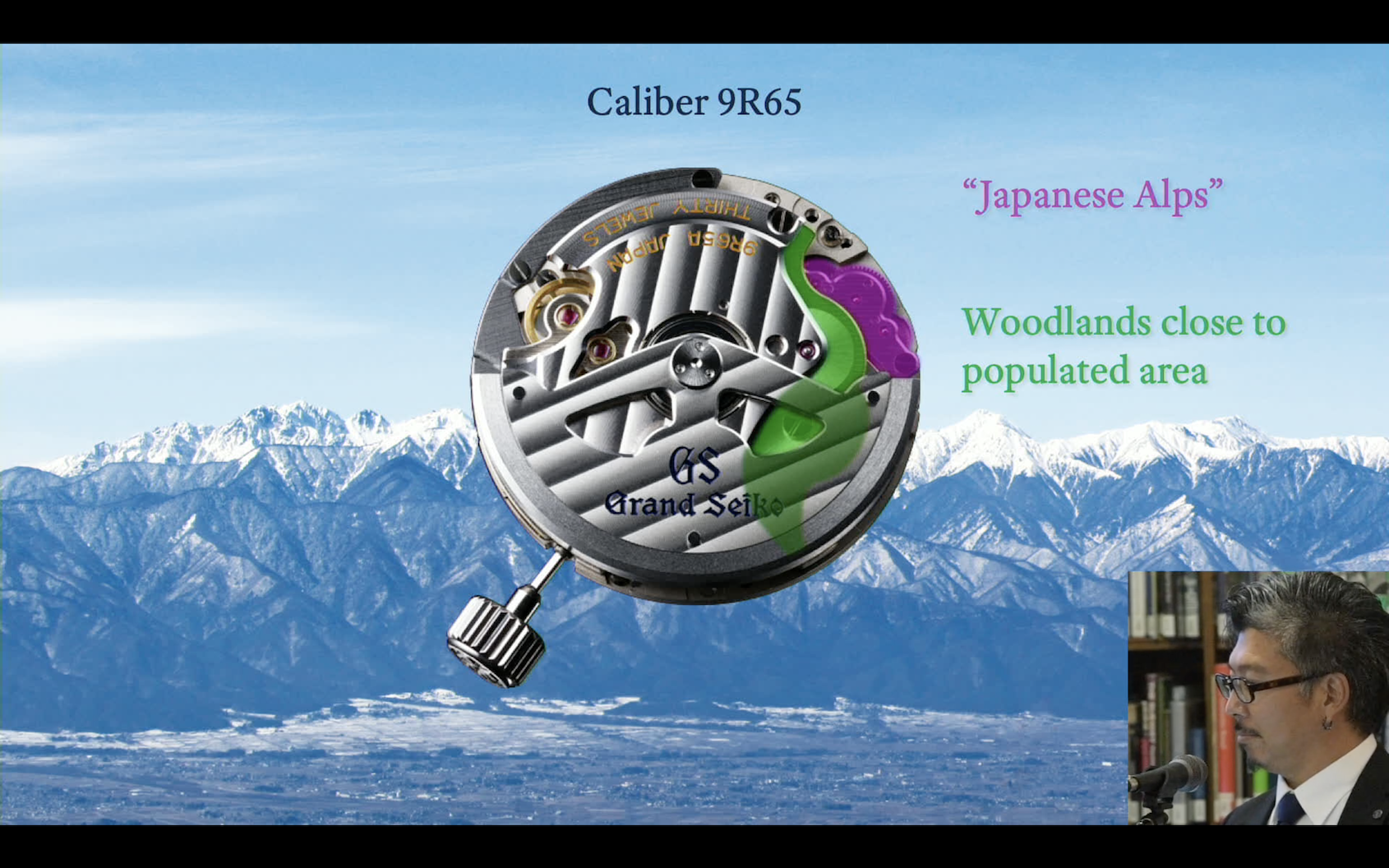
Caliber 9R65:
- The watch, when held upright from the 6:00 side of the bracelet, will result in the alignment of the Tokyo stripes across the rotor and mainplate of the movement.
- When held in this upright position, across the equivalent of 10:00 to 2:00, a picture of the mountain is displayed through the curved bevelling of the mainplate.
- Above the mountainous curved bevel, the wheel/gear immediately above, including the area surrounding it, represent the woodlands that are found close to the populated area of the city.
- Above this larger gear, a smaller gear can be found. This gear and the area surrounding it represent the Japanese Alps found outside of the factory where these movements are assembled.
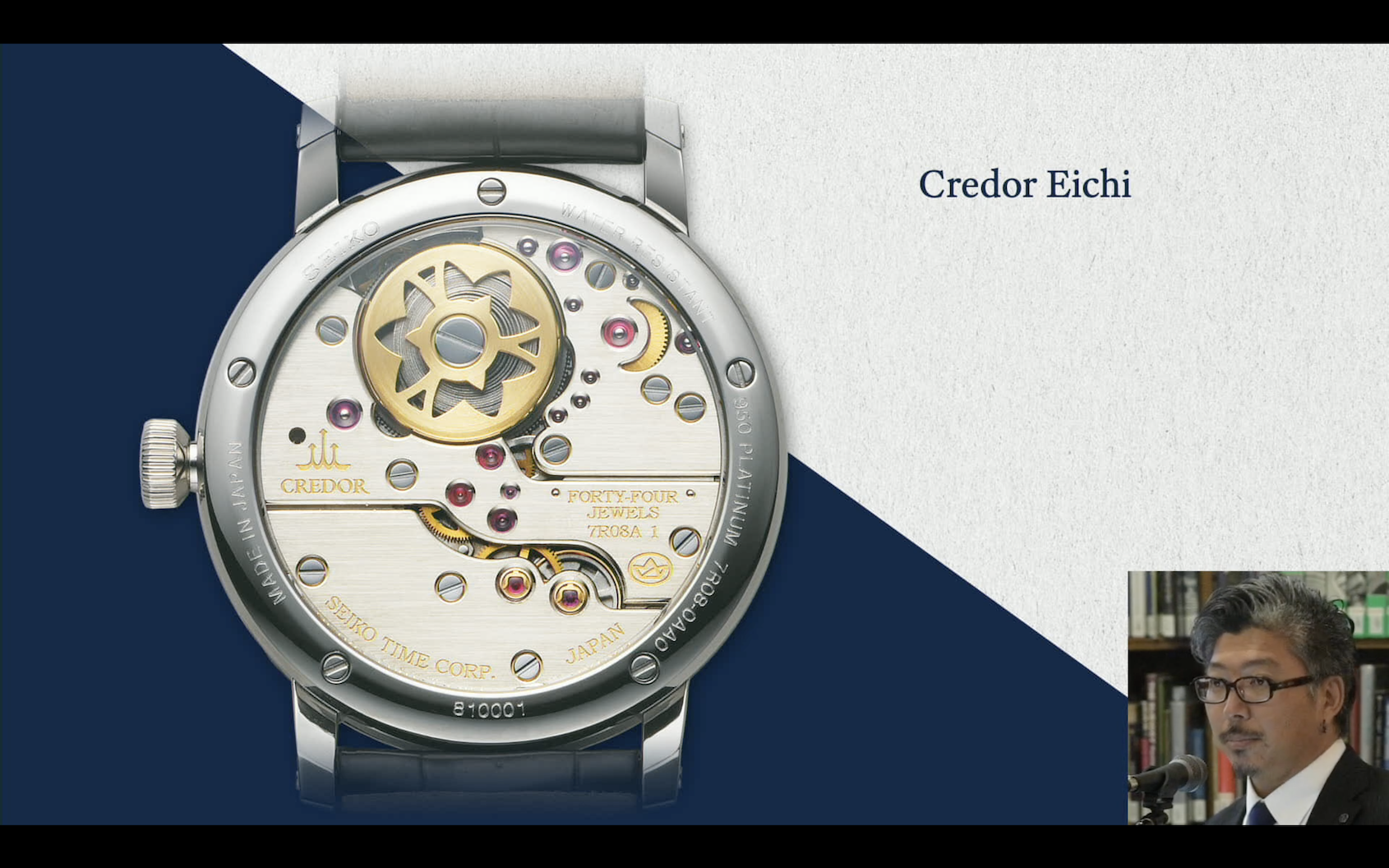
Caliber 7R08 (used in Credor Eichi I):
- The mainspring is situated under a carved plate that symbolises a prized bell flower.
- To the right of the mainspring, a cutout displaying a gear underneath creates the image of a crescent moon.
- The bridgeplate (across 9:00 – 3:00) symbolises the clouds and mist that forms under the night crescent moon
- The two jewels and wheels found under the text “7R08A 1” and above “Japan” symbolise a frog and is an aspect of play and fun for the designers.
- The elements above are inspired by Japanese paintings that centralised on the theme of the night sky, crescent moon, and mist beneath.
And a bonus – what do the stars mean on a Grand Seiko dial?
As a quick bonus, wondering what the two different stars mean on the dials of Grand Seiko watches?
- The eight-pointed star, when present on the dial, signals it is a “Special Dial” that utilises precious materials/metals for the dial plate, hands, and/or markers. (As an example, SBGZ003 has 14k white gold hands and markers as indicated by the star present on the dial).
- The five-pointed star signals an accuracy of 5 seconds per year (High Accuracy Quartz)
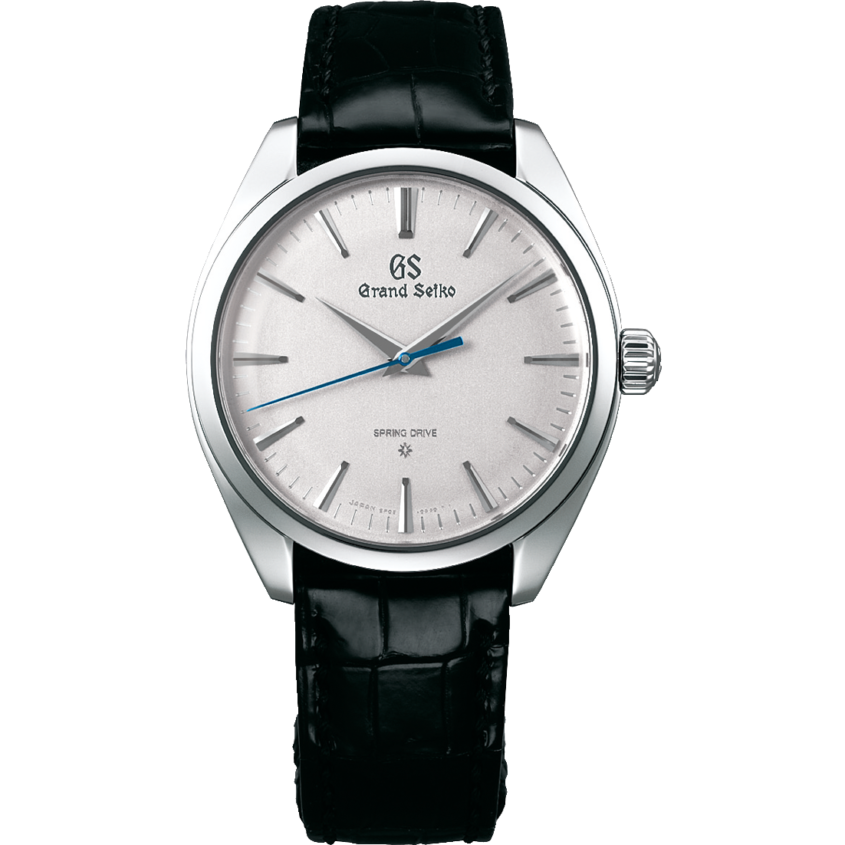
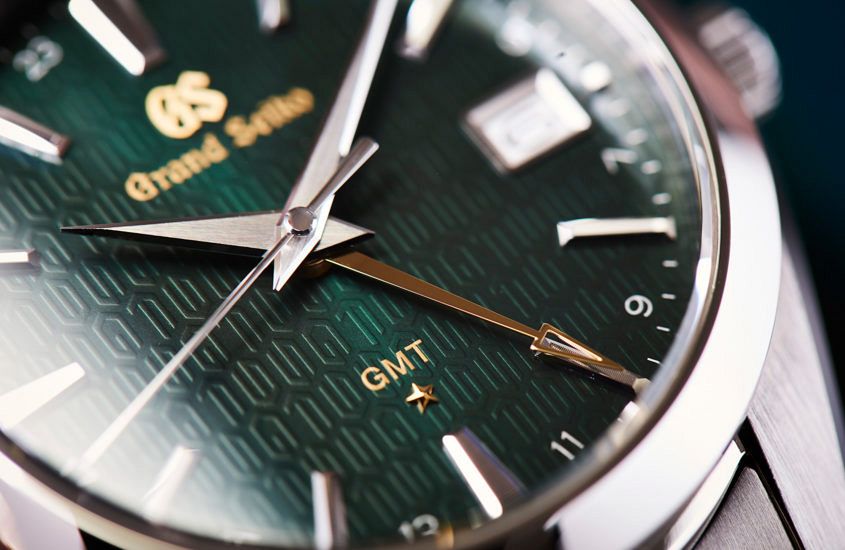
The aspects listed above are only some of the unique things to discover about the brand and the design of their watches. I hope these aspects are novel surprises for you, and things you may not have already known about Grand Seiko. With that being said, I cannot emphasise how much you should remain curious and maintain a keen eye when it comes to Grand Seiko watches. The meticulousness of the brand, and its artisans, is just so compelling, especially for the relatively accessible price point.




